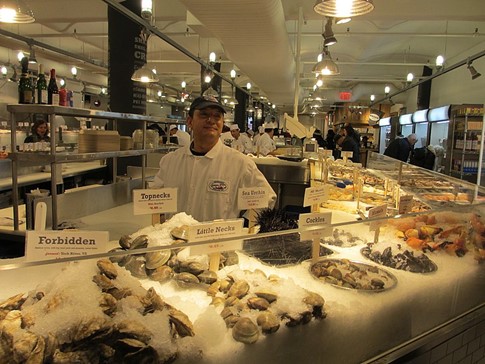
The key to a successful marketing campaign is getting the right message to the right people at the moment they need to hear it most. While there are a lot of innovative strategies out there, most boil down to the same few core marketing principles that are the foundation of an effective growth strategy.
Thomas Ligor of New York reviews below one of the tried-and-true marketing methods, known as the 6 P’s of Marketing. Following this guideline will help retailers get products in front of consumers, drive demand, and increase sales.
The Six Elements
These six elements – first identified by Harvard researchers as four P’s in the 1950s before expanding to six – combine to make what is known as the “marketing mix.” Experts note that it can take up to six months of employing these combined strategies before they yield results, but over time, they have been proven to drive retail sales.
Product
Everything comes down to this first P – after all, product is exactly what you are selling! Identify the market’s biggest pain point or need, and make sure your product is filling that gap. Pay attention to other products on the market and discover how you can set yours apart from the competition to offer something totally unique.
Price
Price doesn’t just refer to how much people pay for a product. A retailer’s pricing strategy should take into consideration the actual cost of making the product, so that they can price in such a way as to make a profit. Retailers should also review their competitors’ prices (and how they have changed over time) and adjust their numbers to make them as attractive and reasonable as possible.
Place
The place that a product is sold has a huge impact on the product’s success. In retail, this can involve physical placement in stores and making sure the product is in the appropriate department and on the best shelf to attract attention. Since so many retailers have gone digital, it also means selecting the right online vendor or app to sell the product, and even the design and appeal of the web page.
People
Retailers are nothing without their customers and employees! Who your audience is should be considered when developing a marketing plan – analyze how to reach them and appeal to them. A business should also strive to have happy employees with a strong customer service ethic, which will make the entire store experience more welcoming and attractive to potential consumers.

Presentation
Presentation – also sometimes called Packaging – is all about how your product looks and feels. From the color to the style to the feel of the box, each of these can impact a customer’s design to make a purchase. The product branding should also be instantly “recognizable” as yours.
Promotion
Promotion is the main “P” most people think of when they think marketing! This is the communication strategy retailers use to reach their customers and let them know about the product. Strategies for promotion include emails, public relations, paid advertising, content marketing, social media, discounts, contests and more.
Final Thoughts
By employing the 6 P’s of Marketing – product, price, place, people, presentation, and promotion – retailers can draw consumers to their products and drive overall sales.




